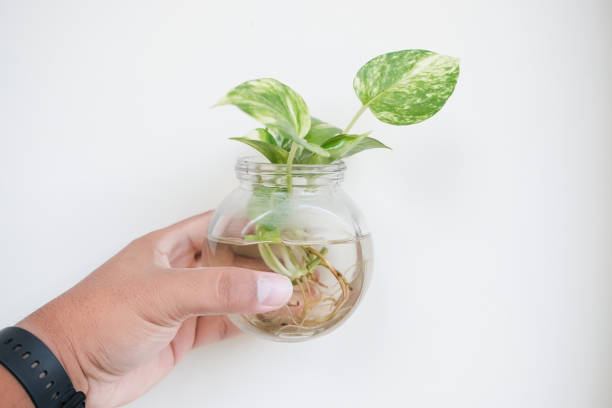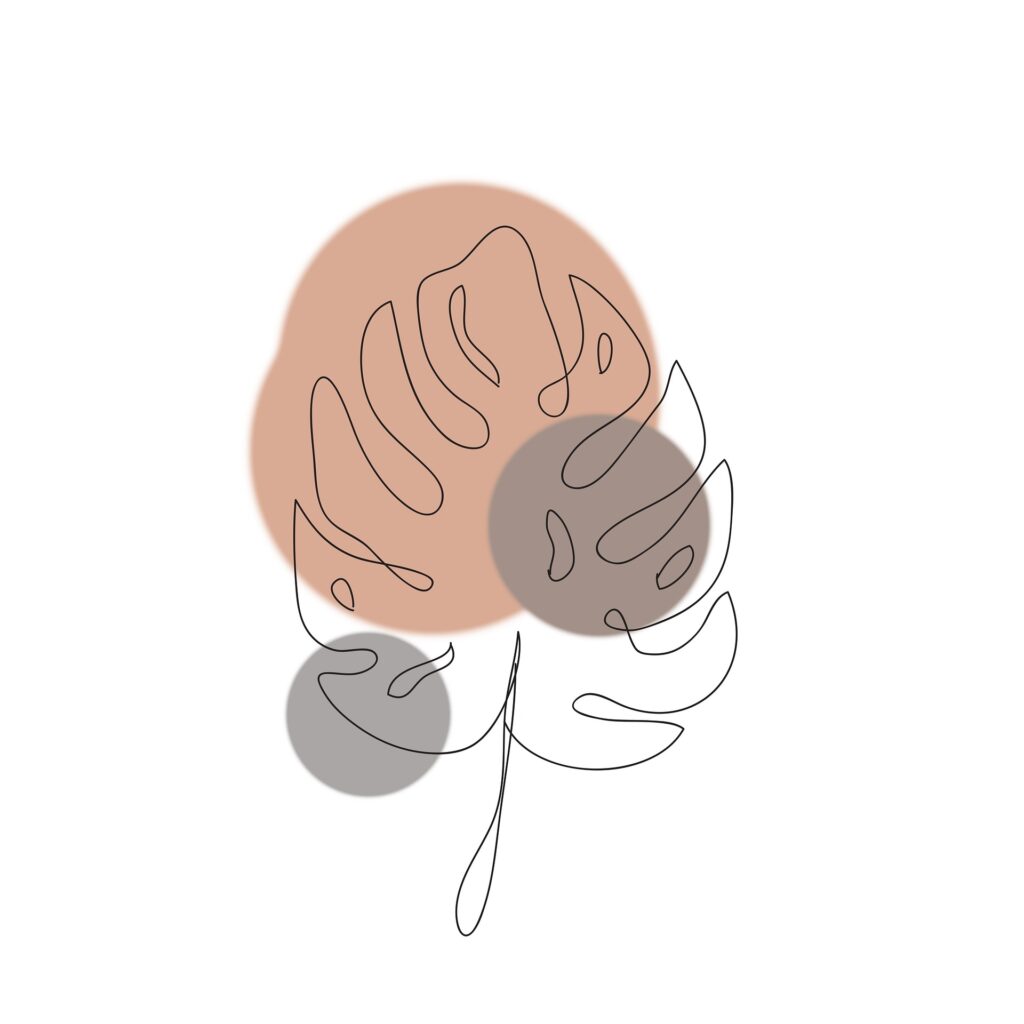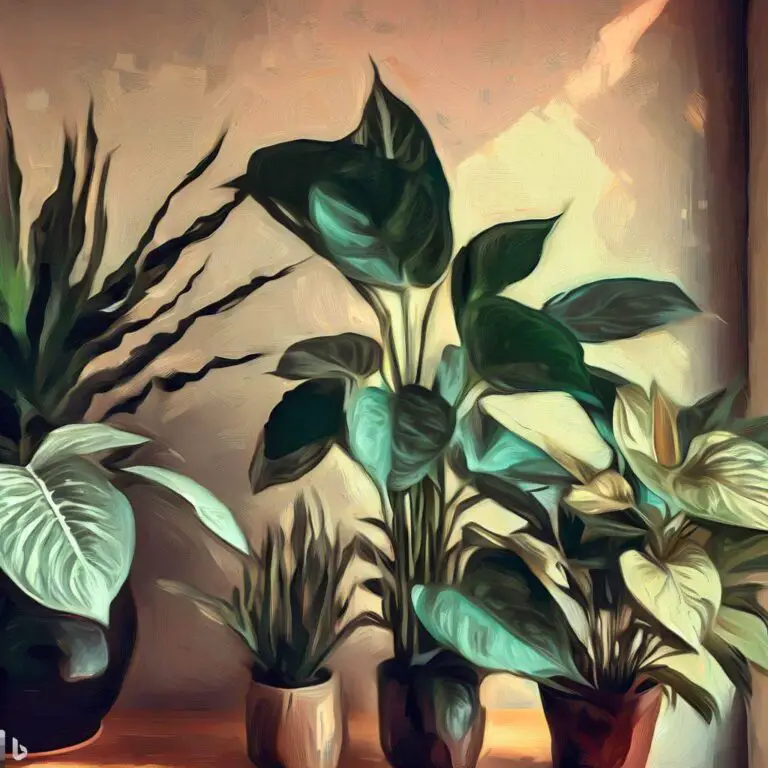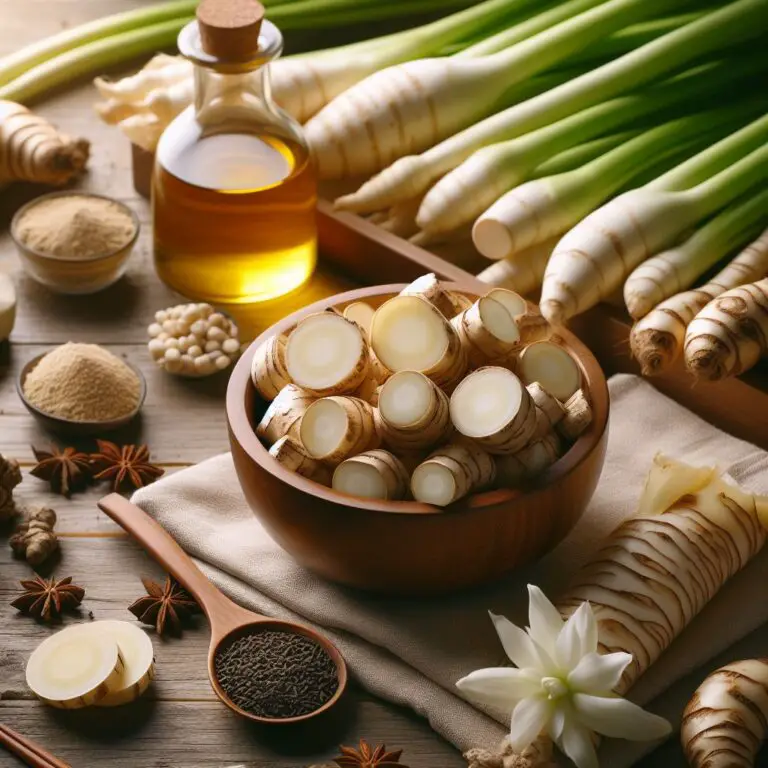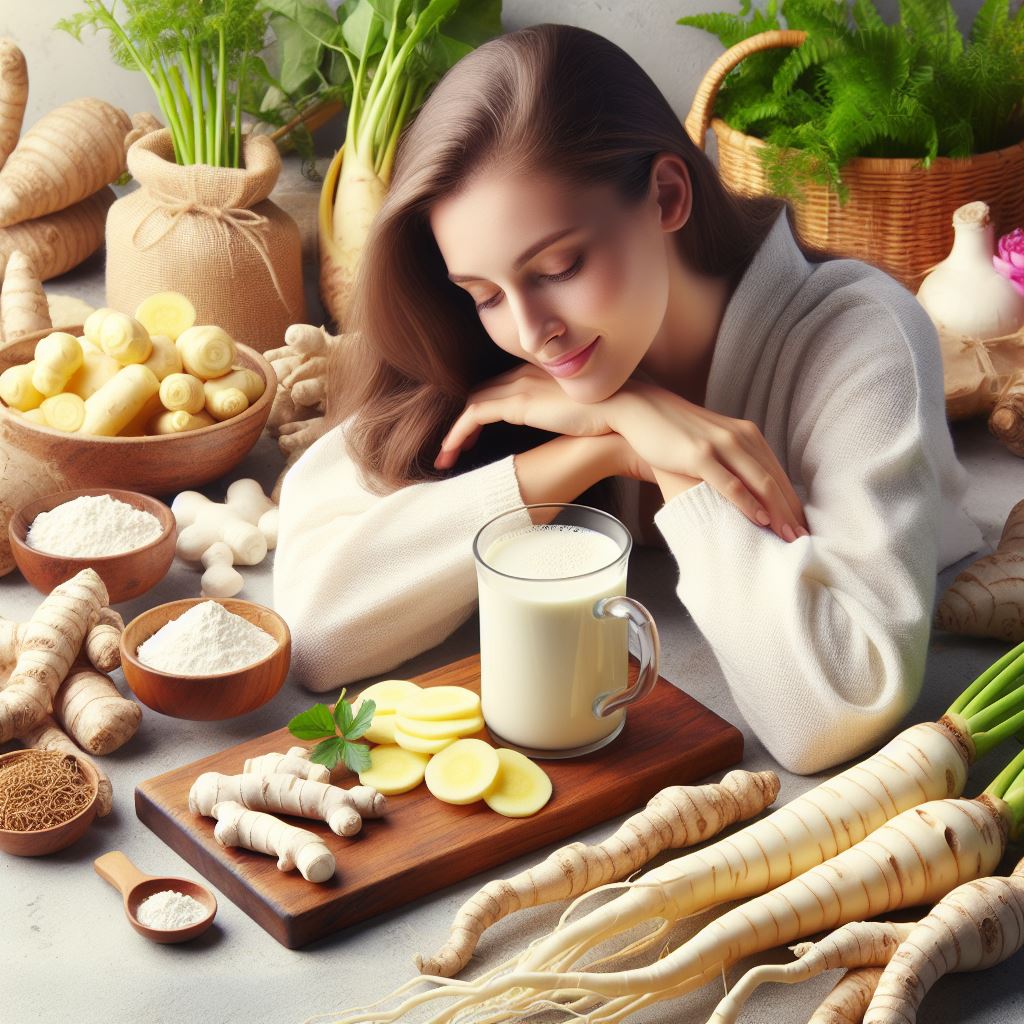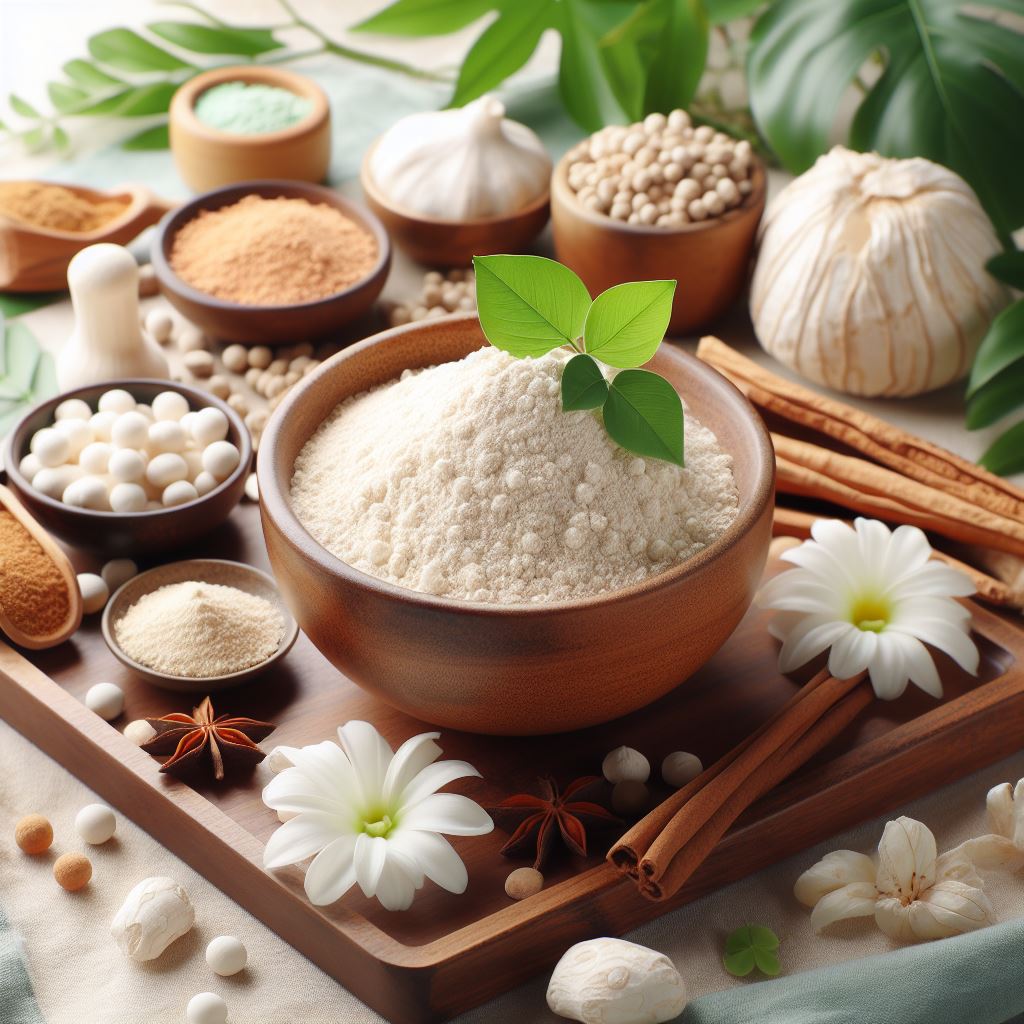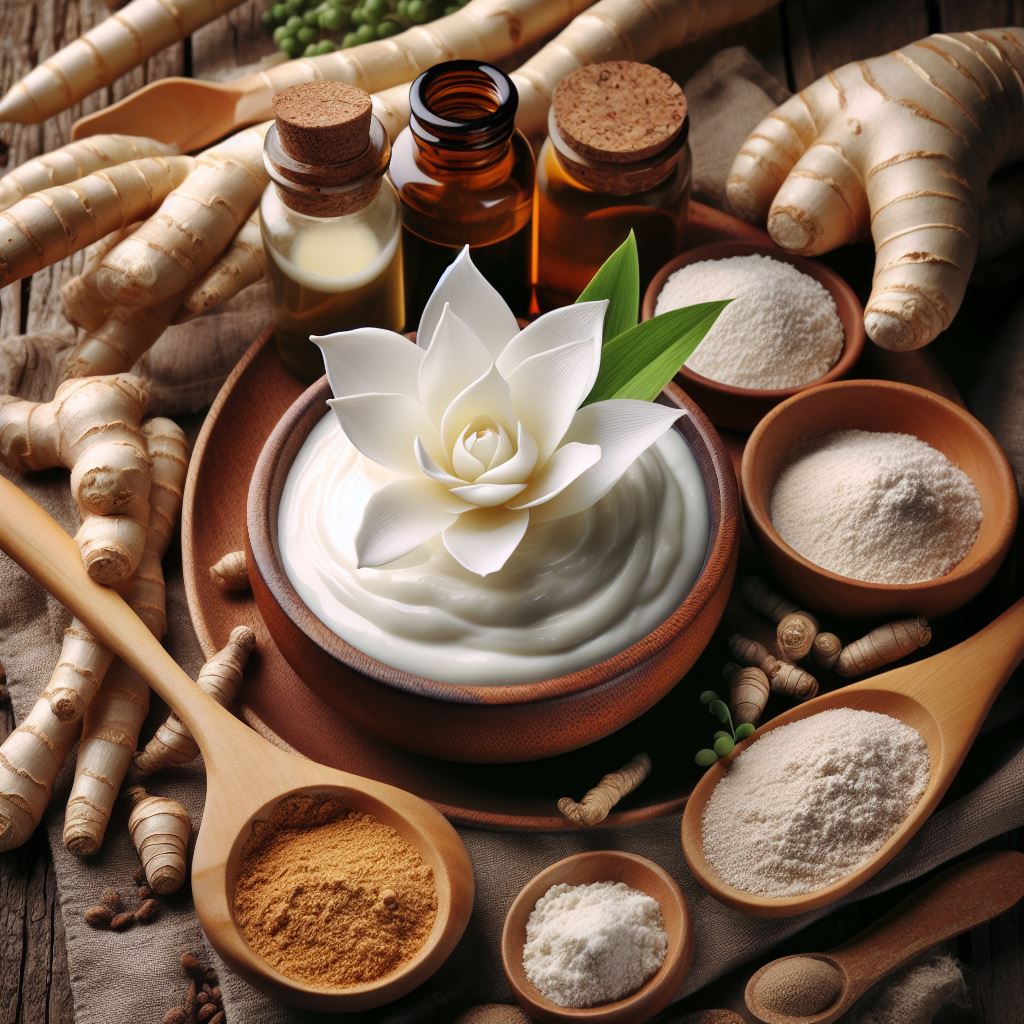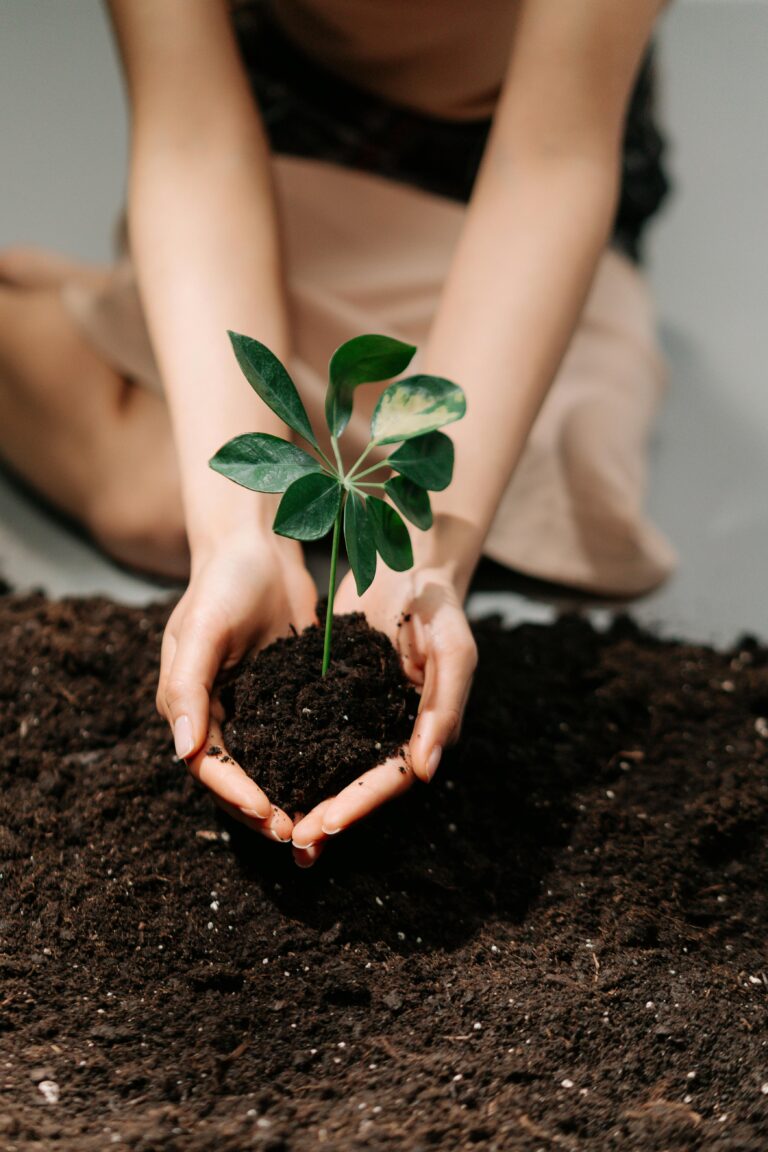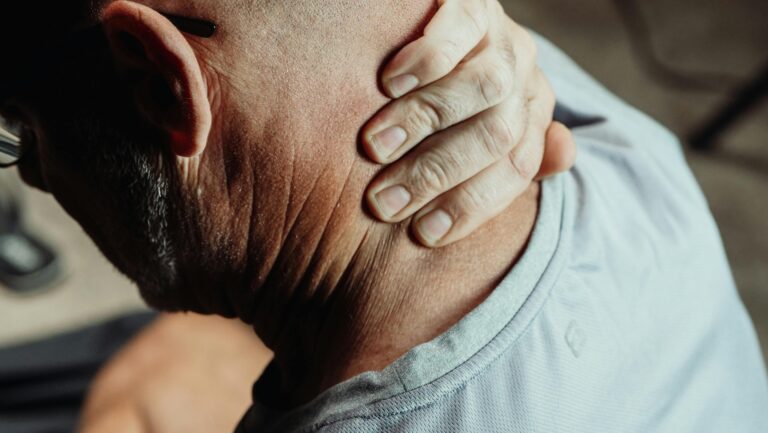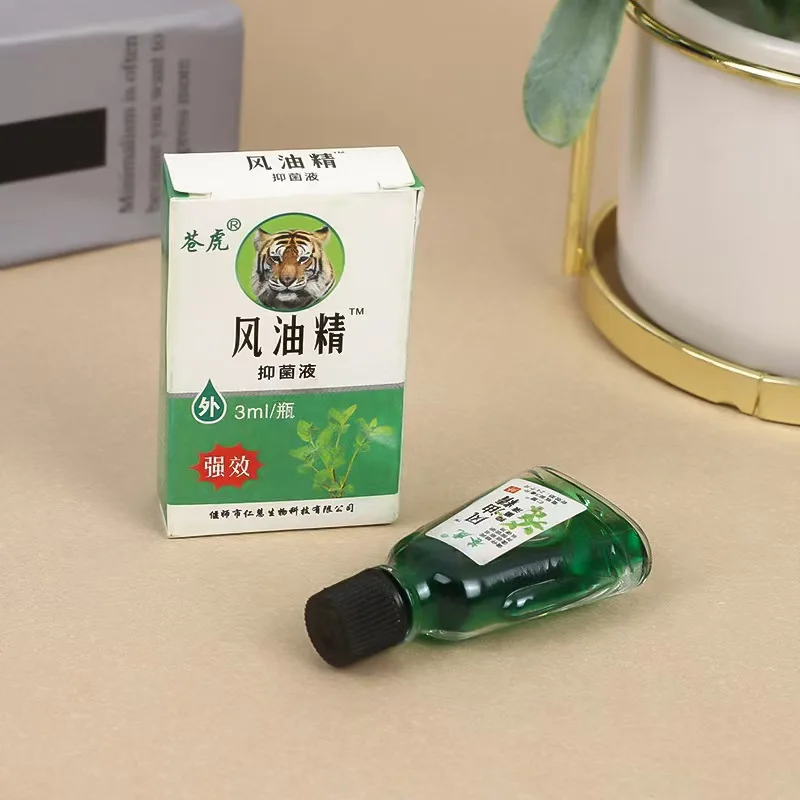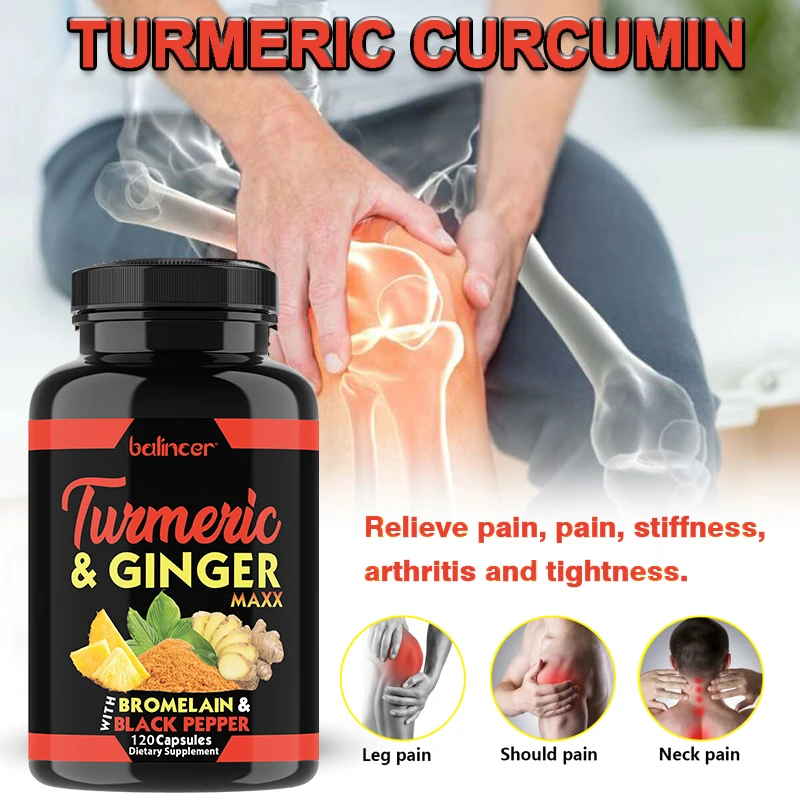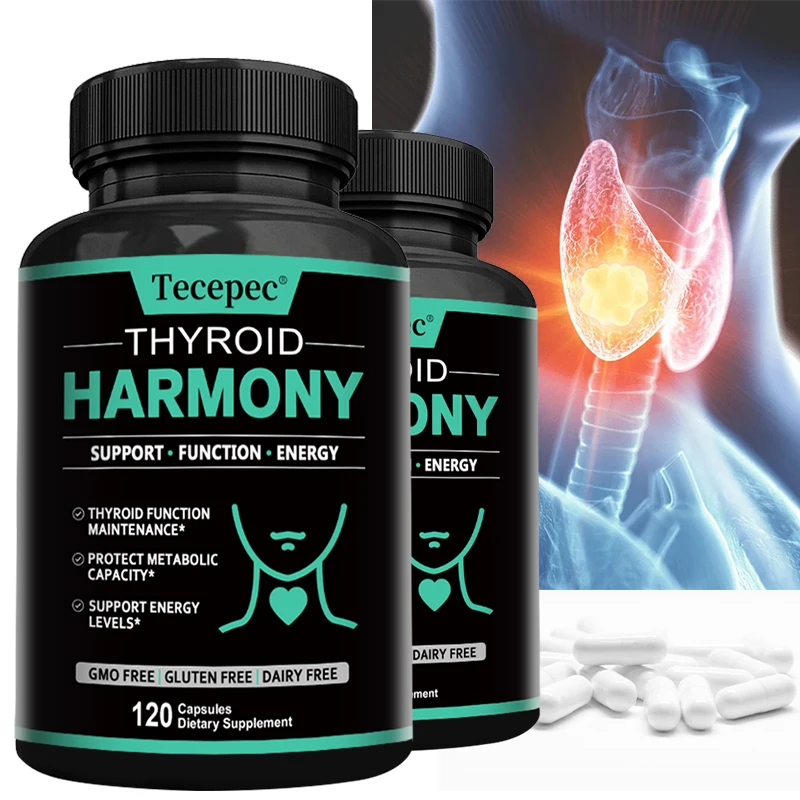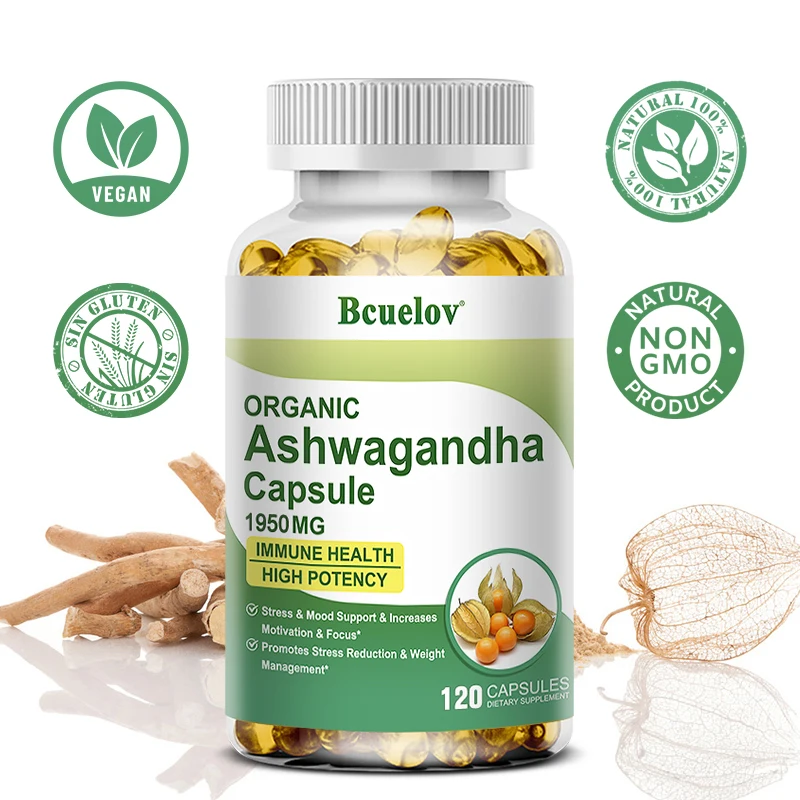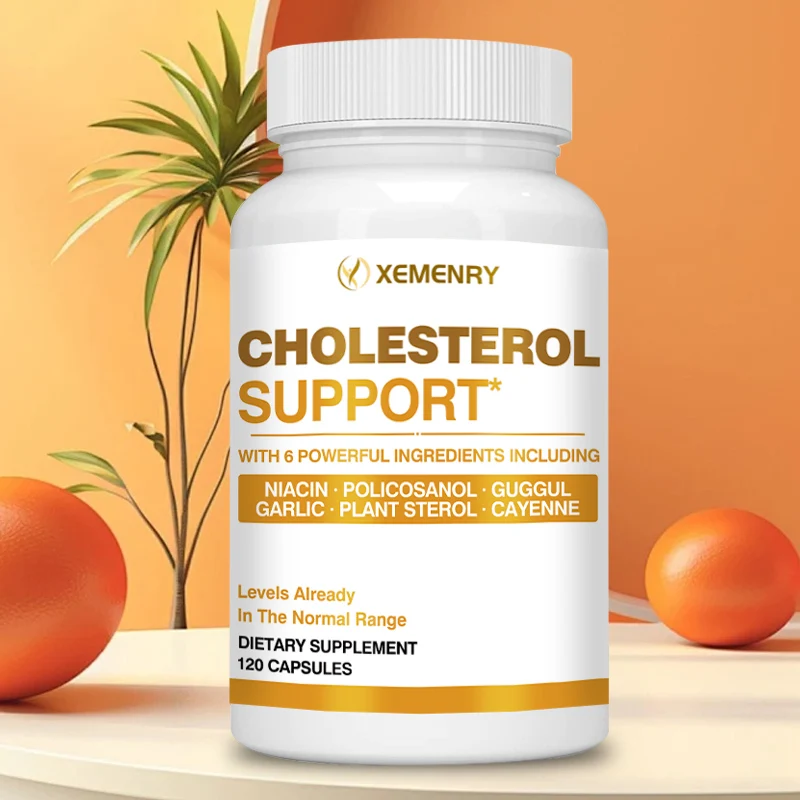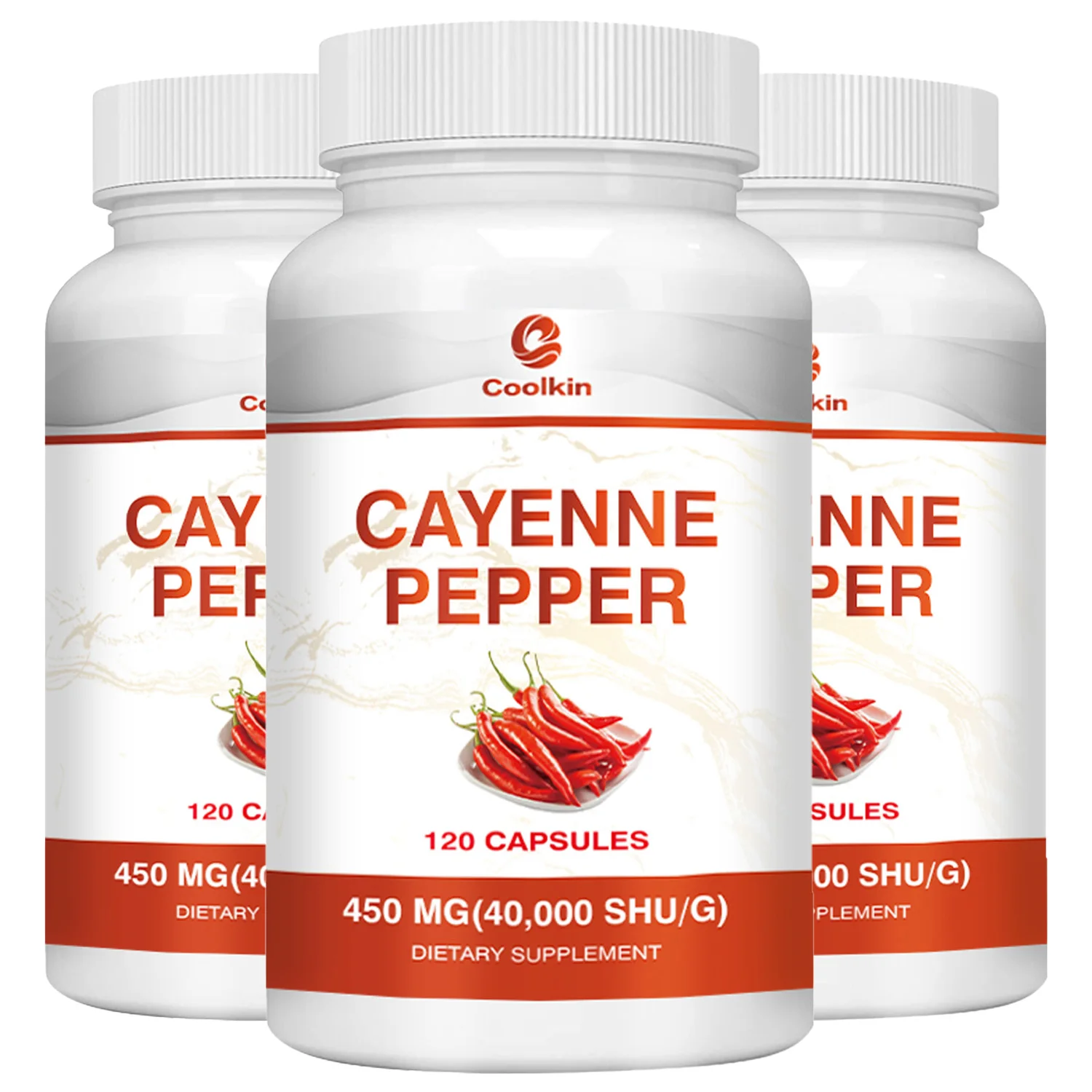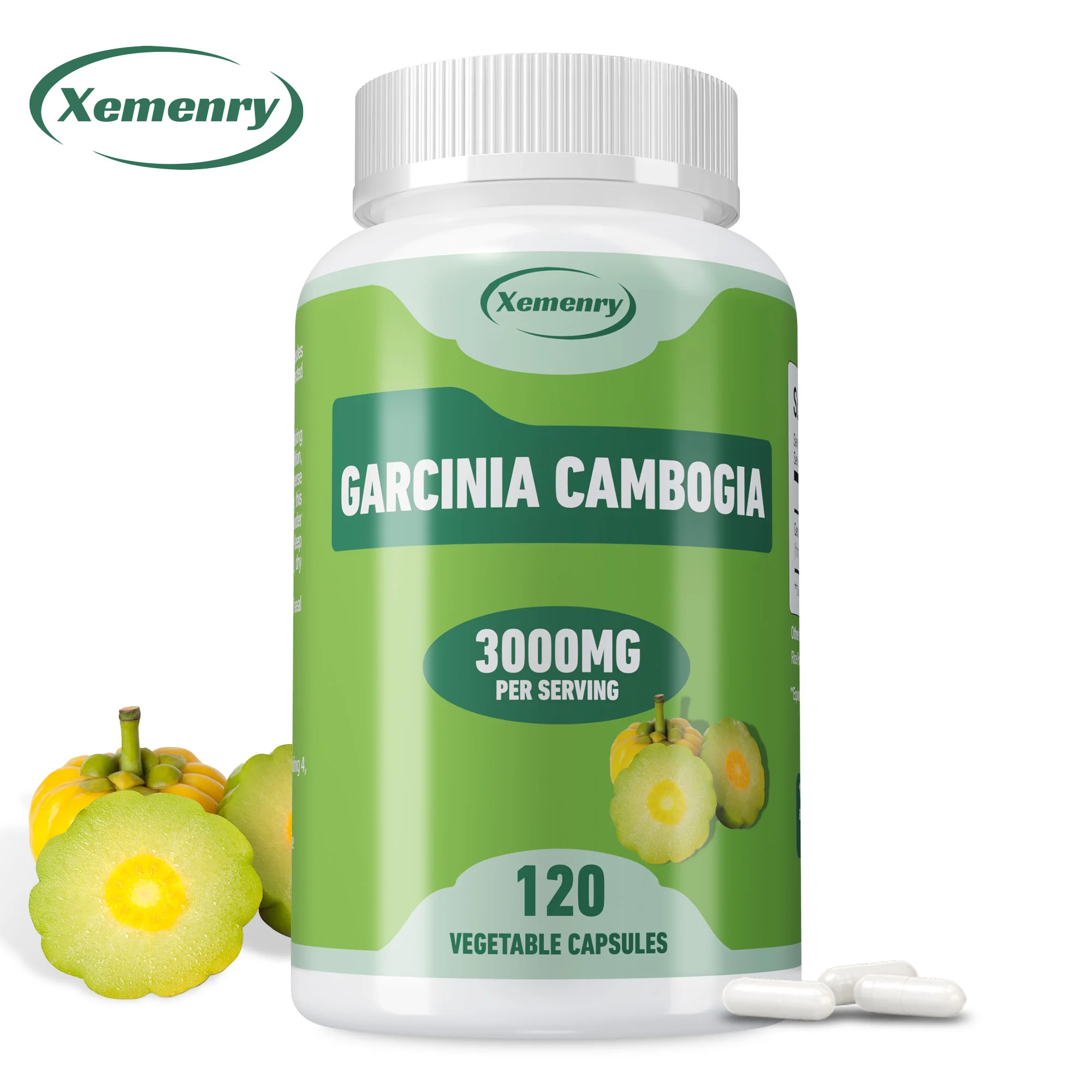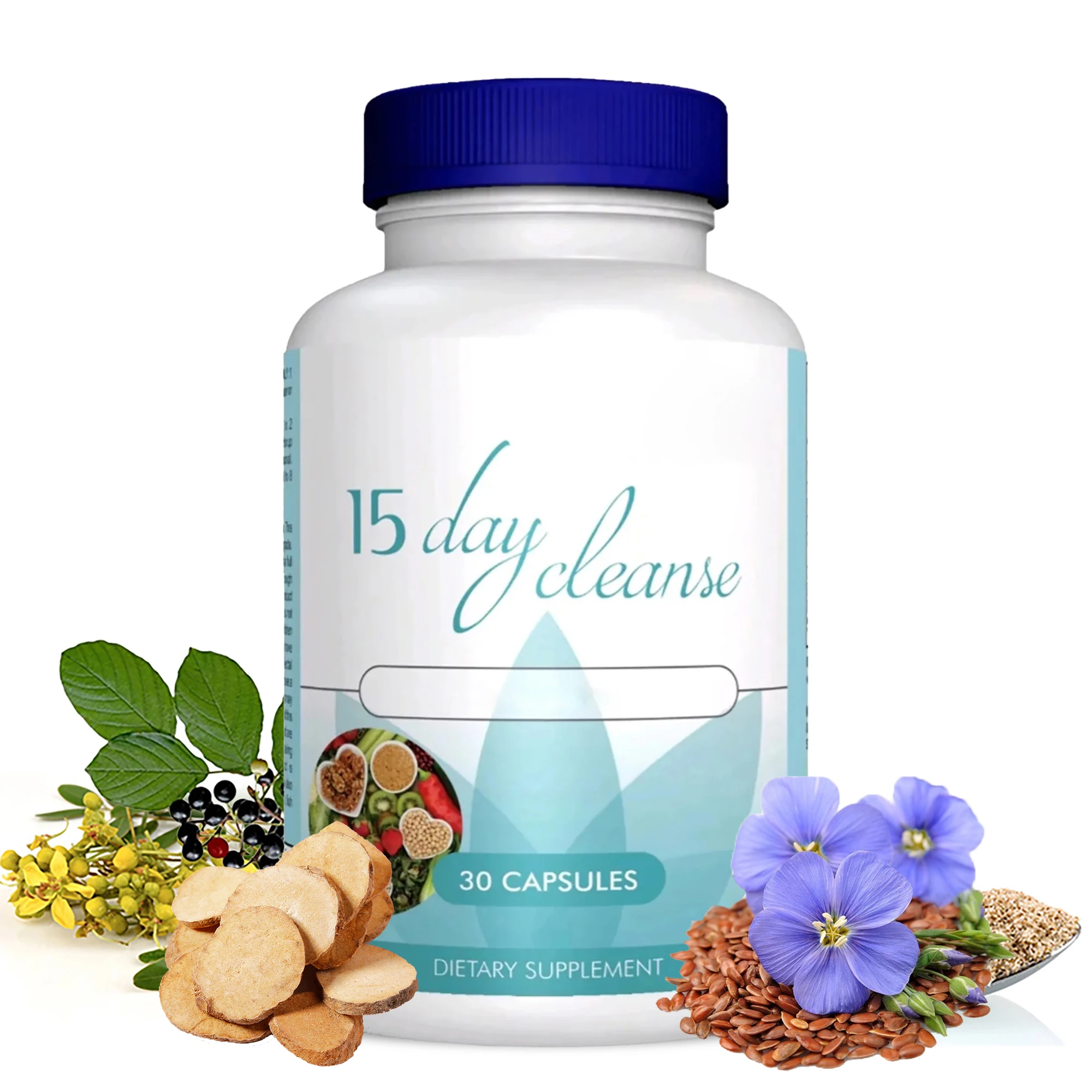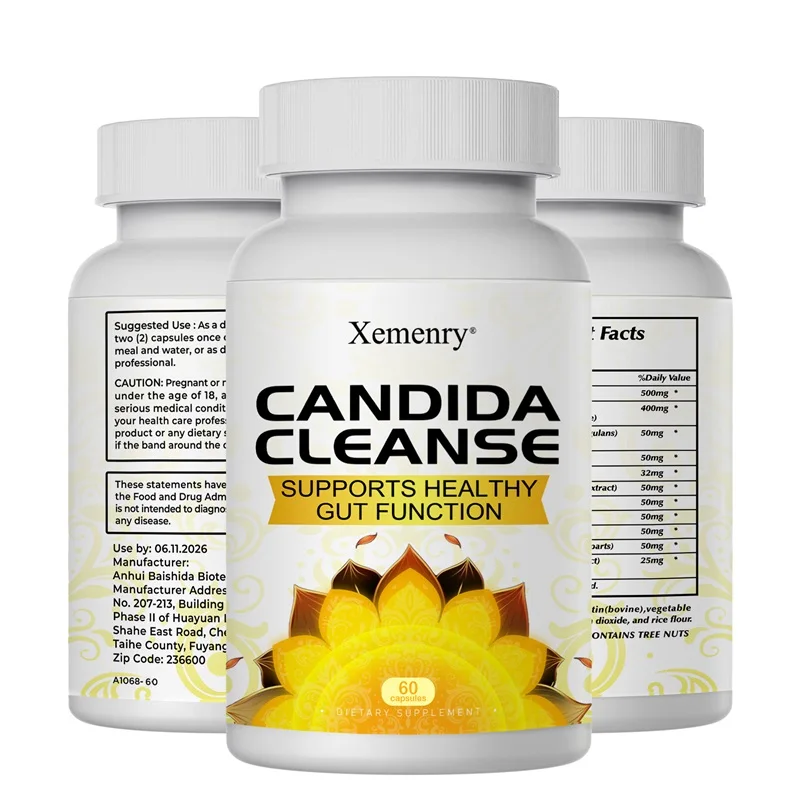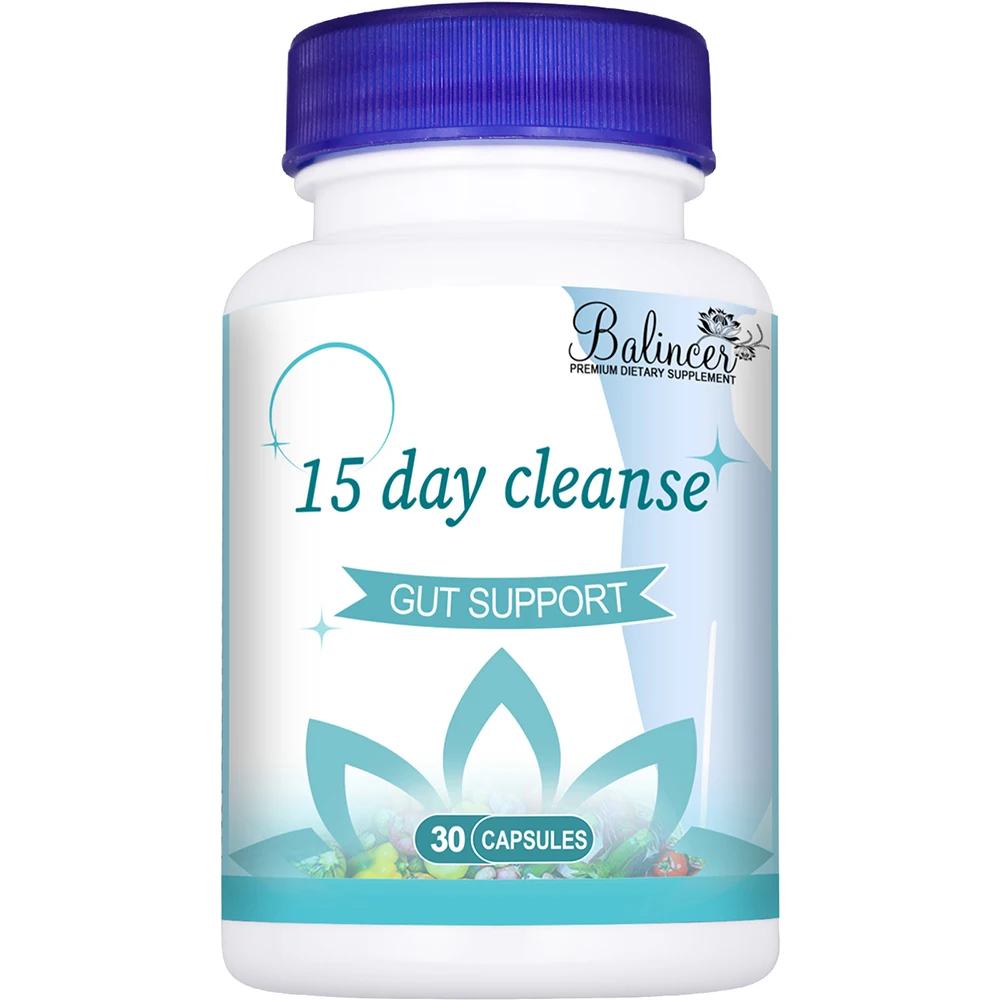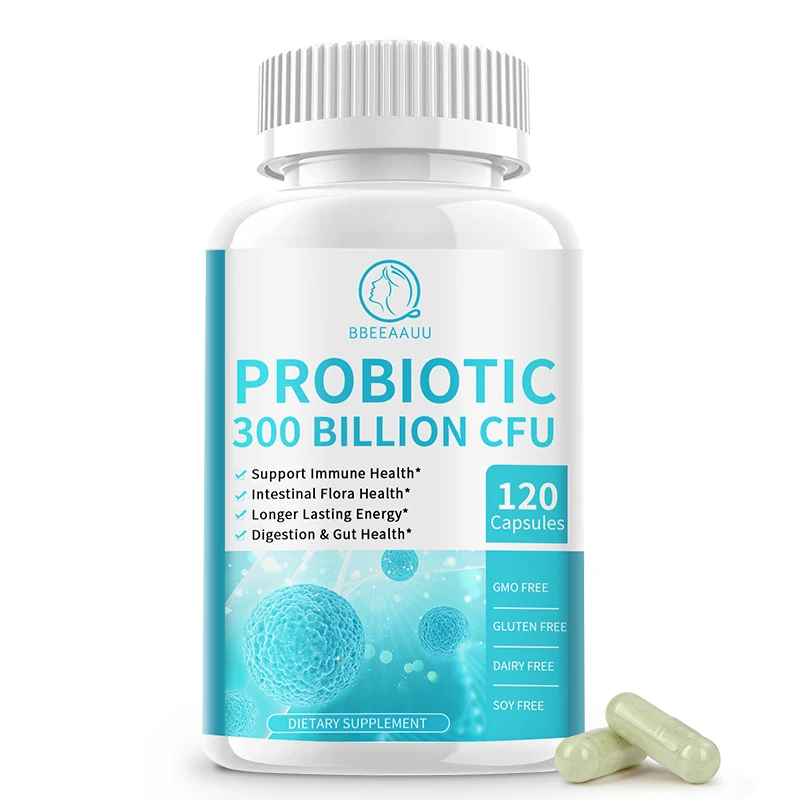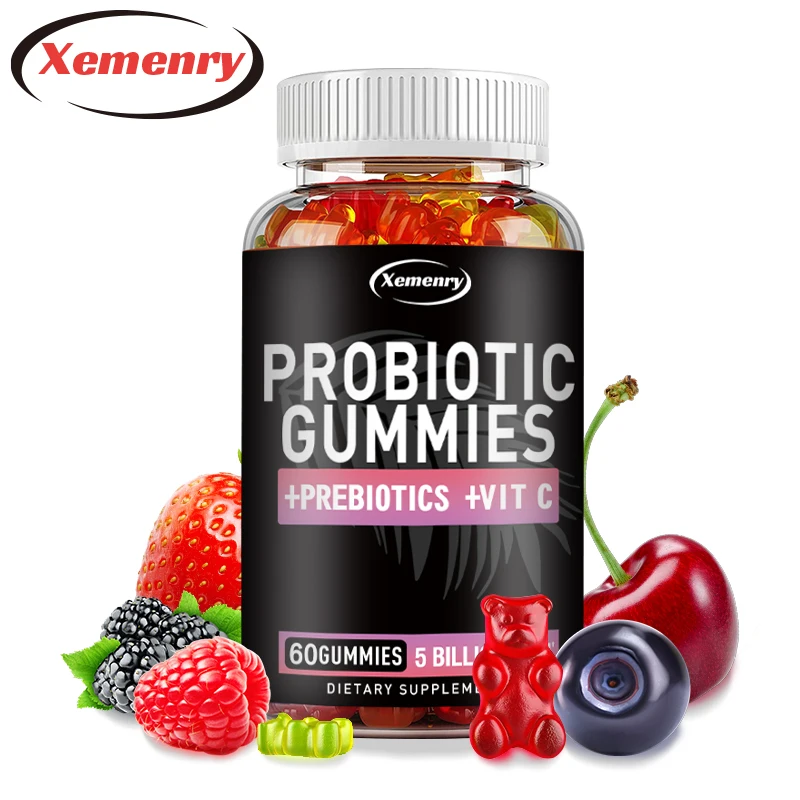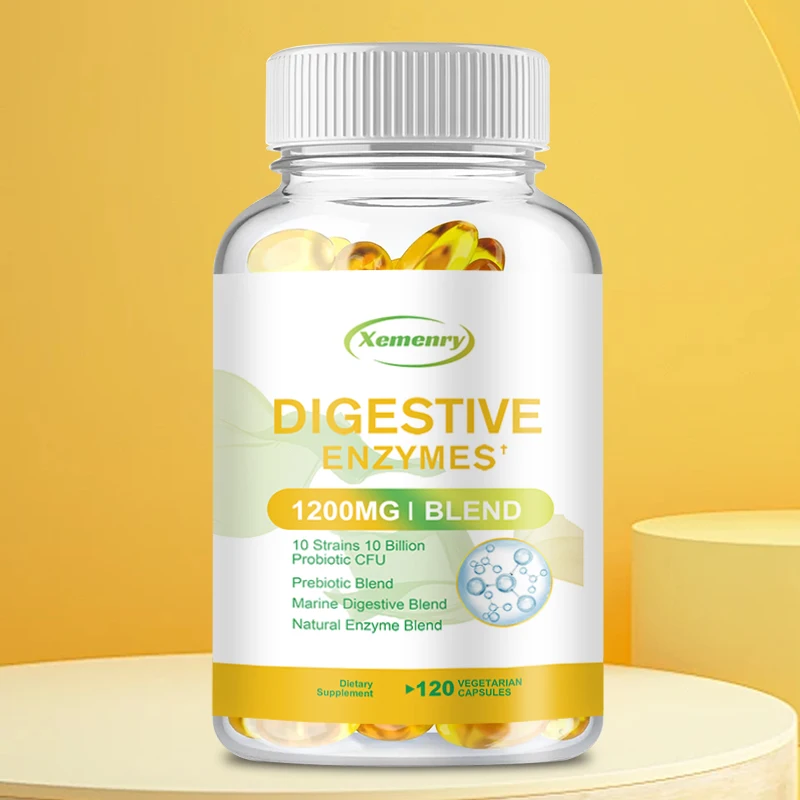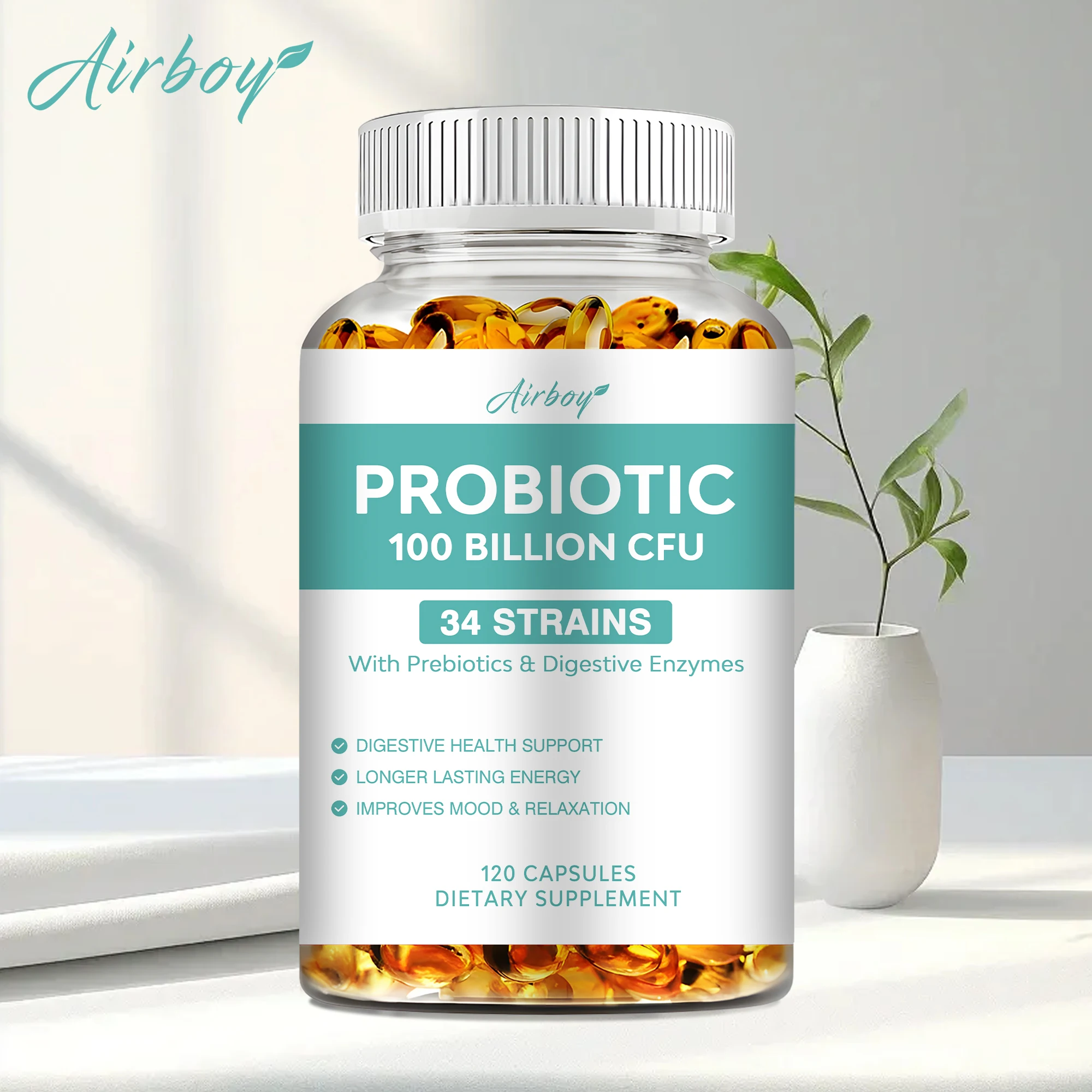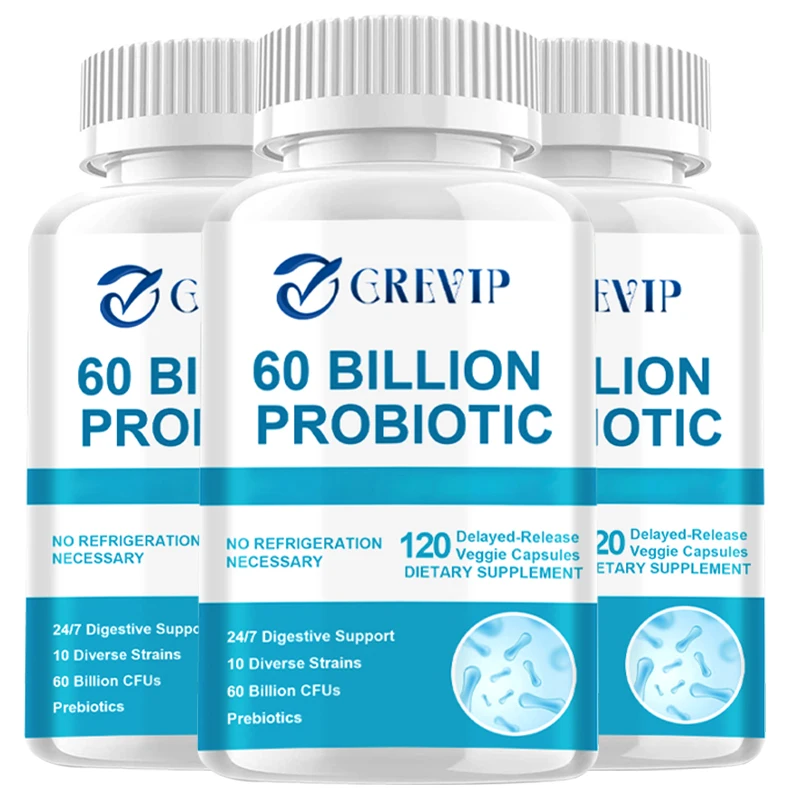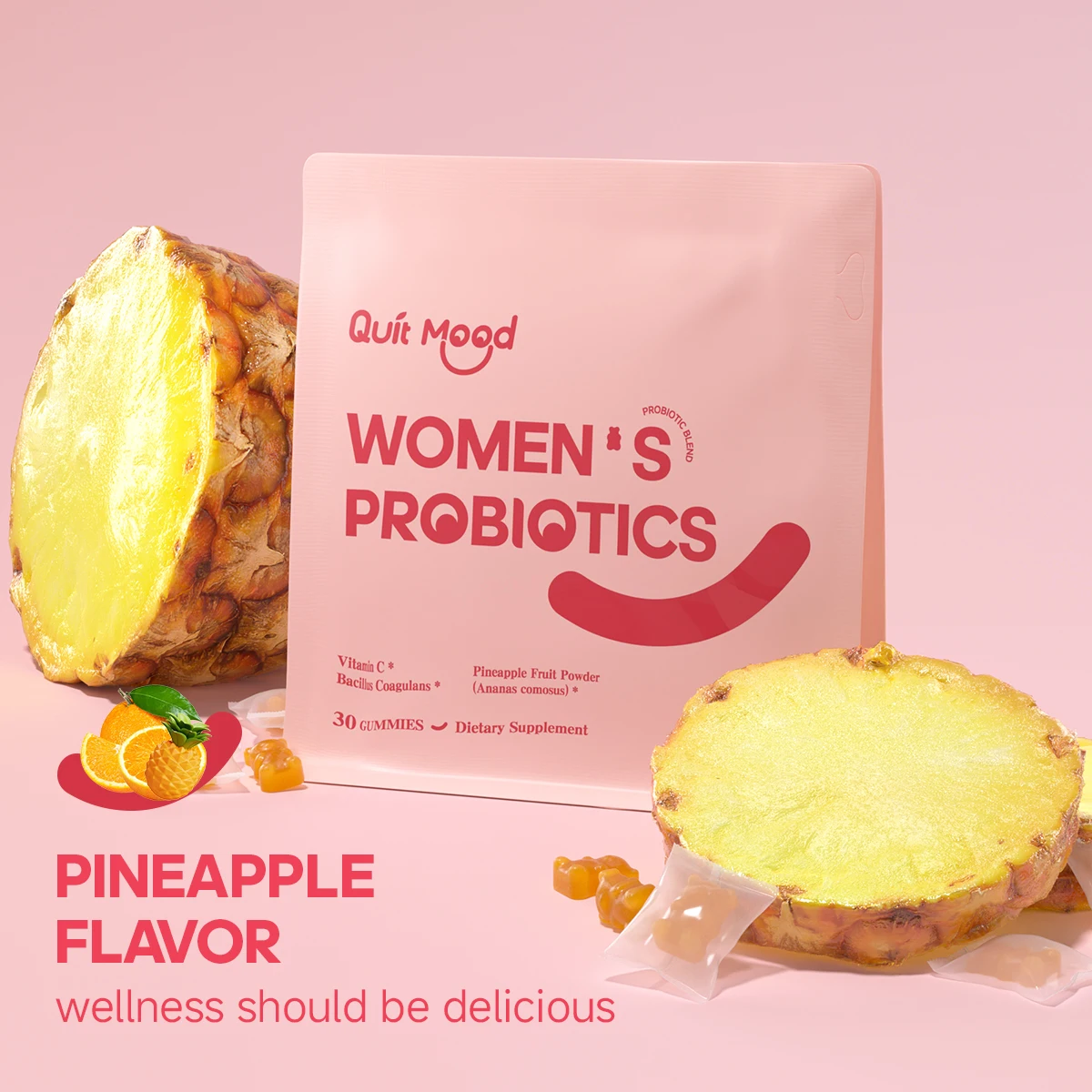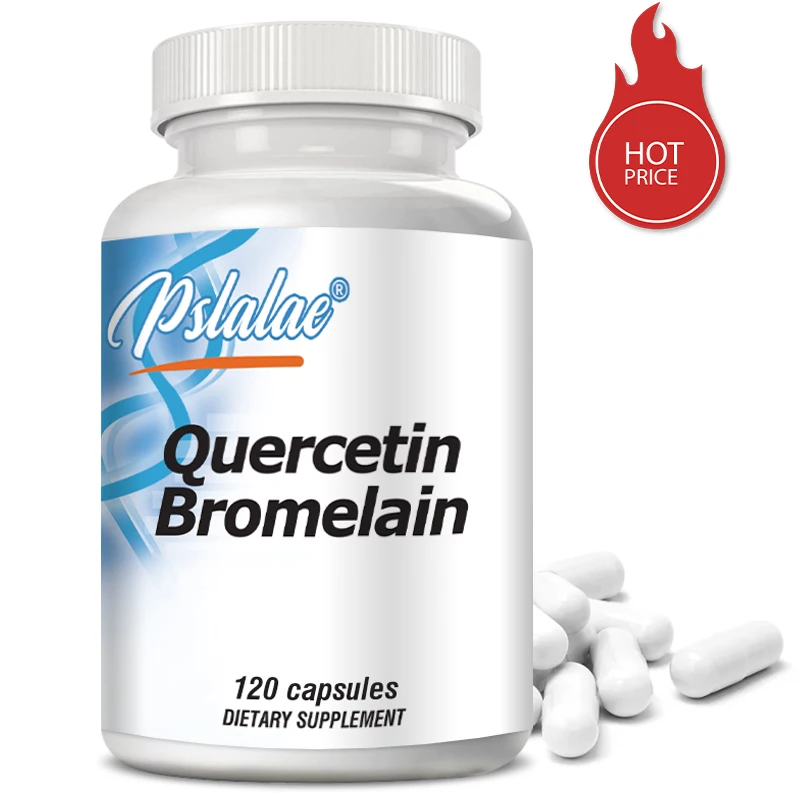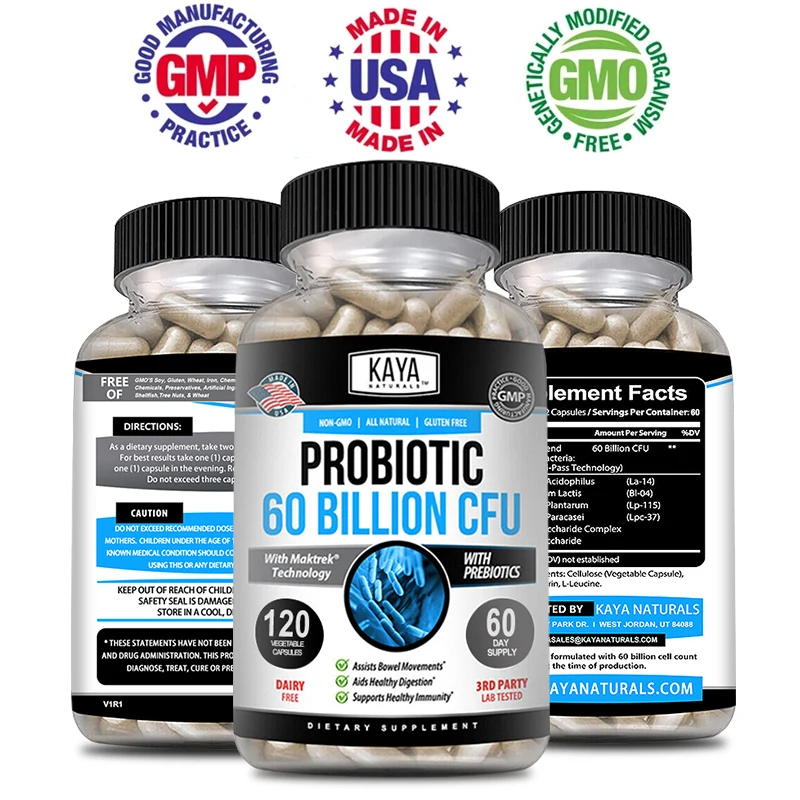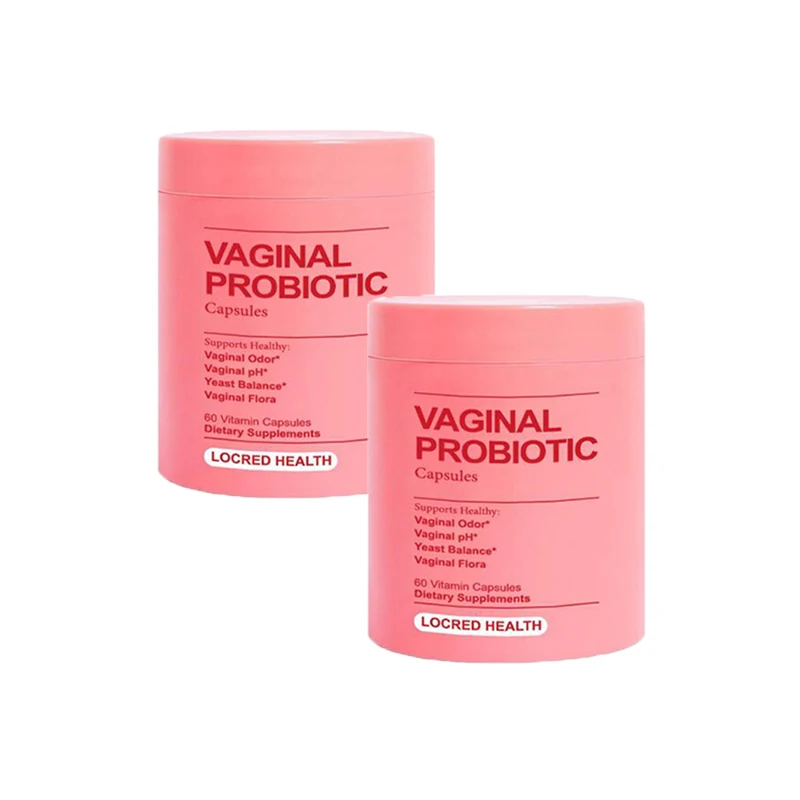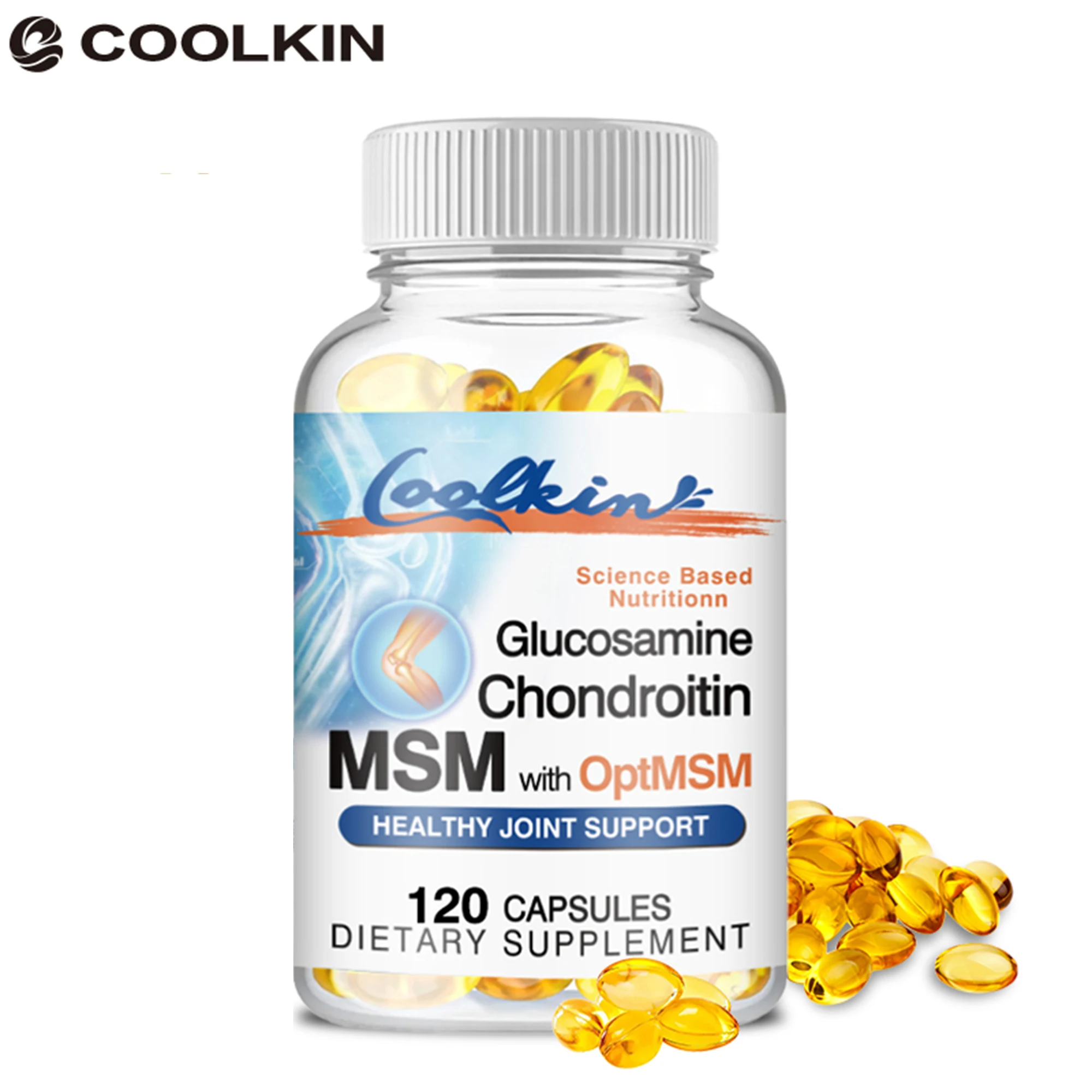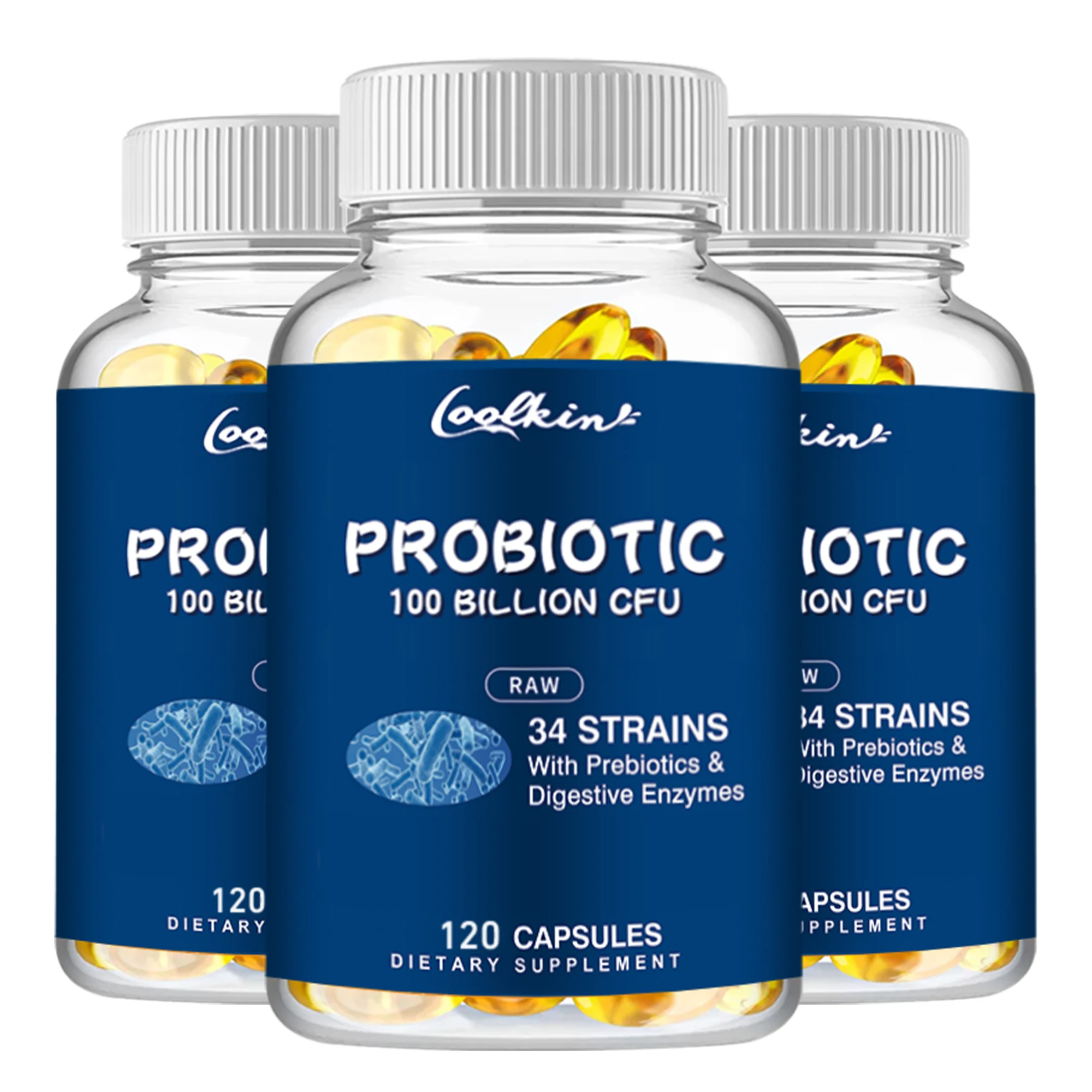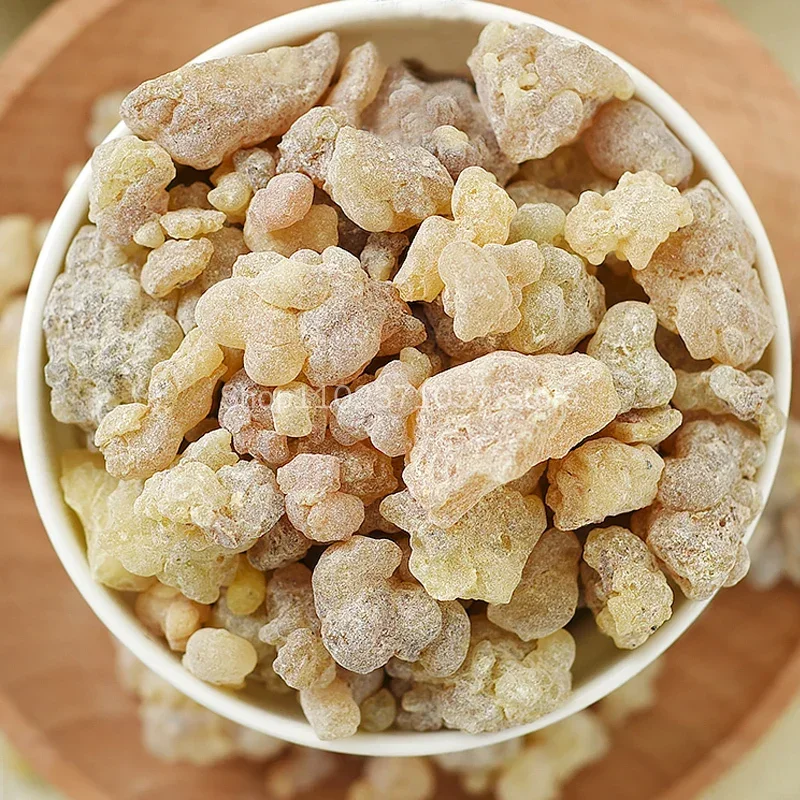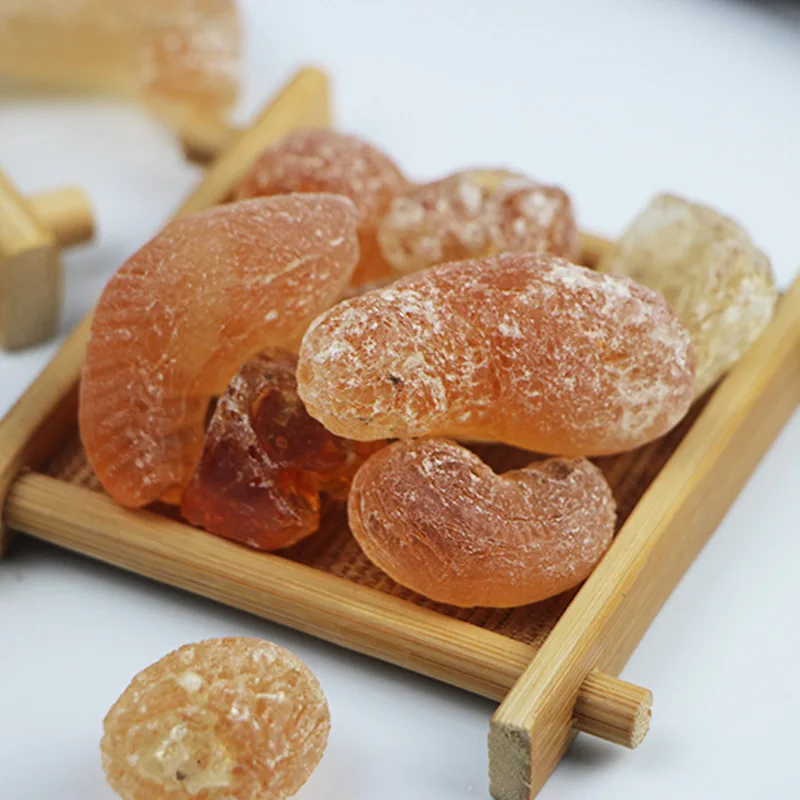Introduction
A healthy gut is the foundation of overall well-being, influencing digestion, immune function, mental clarity, and emotional balance. In today’s fast-paced world, poor dietary choices, stress, and environmental toxins often compromise gut health, leading to a variety of digestive issues. From occasional bloating and discomfort to chronic conditions like irritable bowel syndrome (IBS), maintaining optimal gut function is essential for a healthier life.
Fortunately, nature provides an array of herbs that have been used for centuries to support and heal the digestive system. These herbs offer unique properties that address different gut-related concerns, promoting a balanced and thriving gut ecosystem.
Types of herbs for digestive system?
Herbs that support gut health can be categorized into specific groups based on their benefits and actions within the digestive system:
1. Antispasmodic Herbs
These herbs help relax the muscles in the digestive tract, relieving cramps, bloating, and discomfort. They are especially useful for people suffering from IBS and other digestive issues.
2. Astringent Herbs
Astringent herbs help tone and tighten gut tissues, making them beneficial for conditions like diarrhea and excessive mucus production in the gut.
3. Digestive Bitters
Bitter herbs stimulate digestive secretions, enhancing nutrient absorption and easing digestive discomfort. They should be used with caution by those with gastroesophageal reflux disease (GERD), peptic ulcers, or gastritis.
4. Laxative Herbs
For those struggling with occasional constipation, laxative herbs offer gentle support for bowel movements while reducing discomfort.
5. Liver-Supporting Herbs
A well-functioning liver plays a vital role in digestion and detoxification. Liver-supporting herbs promote bile production, aiding in fat digestion and overall gut health.
6. Mucilaginous (Demulcent) Herbs
These herbs contain a gel-like substance that coats and soothes the gastrointestinal lining, reducing inflammation and promoting healing.
7. Nervine Herbs
Since stress and anxiety can negatively impact gut health, nervine herbs help calm the nervous system, reducing digestive disturbances caused by emotional stress.
8. Prebiotic Herbs
Prebiotic herbs nourish the beneficial bacteria in the gut microbiome, supporting digestion and overall health.
-67%
Aliexpress
15 Day Colon Cleanse Detox - Supports Weight Loss, Advanced Bowel Movement, Constipation Relief and Relaxation - 30 Capsules
Aliexpress
Bowel movement-Prendre soin de la santé intestinale
-67%
Aliexpress
Blood Sugar Blend Capsules - Maintains Healthy Blood Sugar Levels and Supports Heart and Cardiovascular Health - 120 Capsules
-67%
Aliexpress
Healthy Heart - Heart Health Supplements, Artery Cleansing & Maintenance, Cholesterol & Triglyceride Support
-67%
Aliexpress
15-day Intestinal Cleansing and Detoxifying Capsules, Targeting The Overall Colon, Digestive Regulation, and Intestinal Health
-50%
Aliexpress
60 Capsules Aloe Vera Bioactive Organic Leaf Supplement -200x Concentrated Formula for Intestinal Health and Immune Support
-58%
Aliexpress
Candida Cleanse - Antioxidant, Intestinal Cleansing and Detoxification, Promote Digestion & Metabolism
-56%
Aliexpress
15 Day Cleanse, Helps Cleanse The Intestines Colon Cleanse, Suitable for Women and Men
-18%
Aliexpress
BBEEAAUU Lactobacillus Probiotics Digestive Enzyme & Prebiotic Fiber Digestive Health More Effective Intestinal Health Supplemen
-67%
Aliexpress
Probiotic Gummies - Good for Intestinal Health, Relieve Bloating and Promote Digestion, Immune Support - 60 Gummies
-69%
Aliexpress
Digestive Enzyme Supplement - Probiotics & Prebiotics - Intestinal Health, Relieve Flatulence, Digestive Health - 120 Capsules
-67%
Aliexpress
Probiotics 100 Billion CFU - Digestive and Intestinal Health, Relieve Bloating and Constipation, Enhance Immunity - 120 Capsules
-67%
Aliexpress
Probiotics - 60 Billion CFU - Immunity, Gut Health, Gas & Bloating Relief, Digestive Health - 120 Capsules
-67%
Aliexpress
Quitmood Women's Probiotics Feminine ph Balance Gummies -Hawaiian Pineapple - individual package vitamin C
-67%
Aliexpress
Quercetin Bromelain Capsules - Supports Immune, Cardiovascular & Respiratory Health, Antioxidant - 120 Capsules
Herbs for Gut Health and Their Benefits
Astringent Herbs
Witch Hazel (Hamamelis virginiana)
Witch hazel contains astringent compounds that help tone gut tissues, reducing inflammation and improving gut function. It is especially useful for managing diarrhea and excessive mucus production.
Blackberry (Rubus fruticosus)
Blackberry leaves have natural astringent properties that help alleviate diarrhea while soothing inflamed gut mucous membranes.
Antispasmodic Herbs
Peppermint (Mentha piperita)
Peppermint contains menthol, which relaxes the smooth muscles of the gastrointestinal tract, reducing bloating, gut spasms, and symptoms of IBS.
Fennel (Foeniculum vulgare)
Fennel is a powerful antispasmodic that helps ease digestive cramps and gas while promoting healthy digestion by supporting intestinal movement.
Digestive Bitters
Dandelion (Taraxacum officinale)
Dandelion stimulates the liver and gallbladder, promoting bile and digestive enzyme production. It aids in breaking down fats, alleviating bloating, and improving nutrient absorption.
Gentian (Gentiana lutea)
Gentian root enhances gastric secretions and supports digestion, making it beneficial for those with weak digestion, appetite loss, and flatulence.
Laxative Herbs
Senna (Senna alexandrina)
Senna leaves contain natural laxative compounds that relieve occasional constipation. However, prolonged use should be avoided to prevent dependence.
Psyllium (Plantago ovata)
Psyllium husk is a gentle, fiber-rich laxative that helps promote regular bowel movements while supporting gut health.
Liver-Supporting Herbs
Milk Thistle (Silybum marianum)
Milk thistle protects liver cells and supports detoxification, indirectly benefiting digestion and gut health.
Artichoke (Cynara scolymus)
Artichoke leaves stimulate bile production, improving fat digestion and promoting liver and gut function.
Mucilaginous (Demulcent) Herbs
Slippery Elm (Ulmus rubra)
Rich in mucilage, slippery elm soothes the gut lining, reducing irritation and inflammation. It is helpful for conditions like acid reflux, gastritis, and inflammatory bowel diseases.
Marshmallow (Althaea officinalis)
Marshmallow root contains mucilage that calms irritation, promotes intestinal healing, and relieves discomfort from conditions like peptic ulcers and heartburn.
Nervine Herbs
Chamomile (Matricaria chamomilla)
Chamomile is a gentle nervine that calms the nervous system, alleviates digestive discomfort related to stress, and promotes restful sleep.
Lemon Balm (Melissa officinalis)
Lemon balm has a calming effect on the nervous system and can help ease stress-induced digestive issues like bloating and indigestion.
Prebiotic Herbs
Garlic (Allium sativum)
Garlic contains inulin, a prebiotic fiber that nourishes beneficial gut bacteria, supporting a balanced microbiome and overall gut health.
Chicory Root (Cichorium intybus)
Chicory root is rich in inulin, aiding in gut motility, alleviating constipation, and fostering the growth of beneficial gut bacteria.
-67%
Aliexpress
Raw Probiotics for Women - with Prebiotics, Digestive Enzymes - Promotes Nutrient Digestion and Gut Health - 120 Capsules
-69%
Aliexpress
Probiotics 60 Billion CFU | Gut Health & Immune Support Supplement | Digestive Support Unisex
-67%
Aliexpress
Digestive Enzyme Capsules - with Prebiotics & Probiotics - for Intestinal Digestion and Immune Support - 120 Capsules
-19%
Aliexpress
60-120 capsule Women Probiotics PH Balance with Probiotics Lactobacillus Probiotic Blend-Women Health Supplement-Promote Healthy
-67%
Aliexpress
Probiotic Complex Supplement - 15 Billion CFU - For Men & Women Ultimate Care Probiotics, Improved Digestion 120 Capsules
-68%
Aliexpress
Glucosamine Chondroitin MSM - Promotes Skin, Nail and Joint Health, Antioxidant - OptiMSM - 120 Capsules
-67%
Aliexpress
Premium Probiotics 60 Billion CFU - Organic Prebiotics and Digestive Enzymes for Gastric Digestion - 120 Capsules
-67%
Aliexpress
Probiotics & Antioxidants Anti-parasitic & Candida Detox Body Colon Cleanse -100% Spore-Based Probiotics for Nutrient Absorption
Aliexpress
Probioslim - Digestion and Metabolism Support, Intestinal Health - with Probiotics, Vitamin C - 120 Capsules
-67%
Aliexpress
100 Billion Probiotic - Improves Digestion and Relieves Bloating and Constipation, Promotes Immune Health - 120 Capsules
-67%
Aliexpress
BEWORTHS Vitamin K2 Capsules Support Healthy Bones & Arteries Healthy Brain Cardiovascular Health Calcium Absorption non-GMO
-67%
Aliexpress
H. Pylori Fight Probiotic Supplement, 20 Billion CFU/Daily - Lactobacillus Reuteri - Acid Reflux Relief | Non-GMO & Gluten Free
Final Thoughts
A healthy gut is crucial for overall well-being, and incorporating gut-supporting herbs into your daily routine can be a natural and effective way to improve digestion, reduce discomfort, and promote gut balance. Whether you need relief from bloating, constipation, or stress-related digestive issues, the right combination of herbs can make a significant difference.
As always, consult with a healthcare professional before adding new herbs to your regimen, especially if you have existing health conditions or take medications. By supporting your gut naturally, you pave the way for better digestion, a stronger immune system, and overall improved well-being.
Did you find this guide helpful? Share your thoughts and favorite gut-supporting herbs in the comments below!
